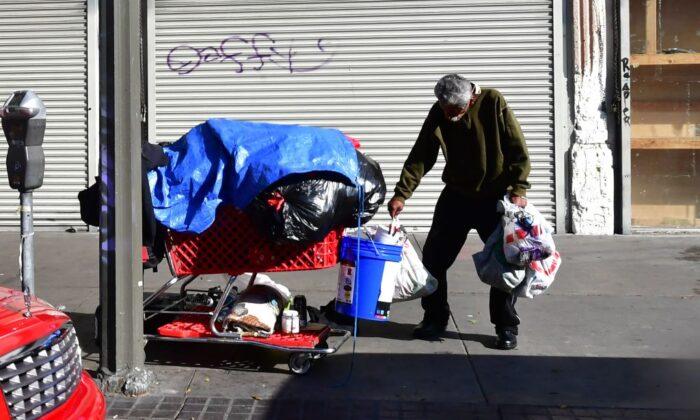Los Angeles city controller Ron Galperin has released his office’s annual Comprehensive Annual Financial Report for fiscal year 2020 and provided an update on how things in the current fiscal year.
As expected, it’s bad.
During fiscal year 2020, the general fund shrank 9.8 percent from $1.1 billion in July 2019 to just $992 million in June 2020.
Unfortunately, while revenue growth reversed dramatically during the 2020 fiscal year, expenses kept climbing. Worker benefits and salary costs were up 7.4 percent versus the previous fiscal year, and pension fund contributions were up 7.5 percent year-over-year.
While many city residents were out-of-work and depending on rent moratoriums, loan extensions and government benefits, city workers were apparently getting raises as the costs of their benefits continued to rise.
The total number of full-time equivalent employees increased by just 2.5 percent, suggesting about a five percent increase in salaries and employee benefit costs per previously-employed worker during the 2020 fiscal year.
And, of course, city revenues were affected by the loss in tourism and the government-imposed shutdown of the local economy as local leaders sought to stem the direct loss of life associated with the COVID-19 public health crisis.
Government leaders were taking a chance that saving lives from the direct effects of the virus would outweigh the indirect costs and loss of life associated with a depressed economy.
Looking at the first six months of the current 2021 fiscal year (July 1, 2020 to December 31, 2020), a press release that accompanied the release of fiscal year 2020 hinted at more bad news.
It stated: “General fund revenues … are down 10.8 percent or $254 million,” from the same year-ago period. During the last six months of 2020, general fund expenses were up 1.4 percent, mostly due to costs associated with the city’s COVID-19 response, it said. Some of those expenses will be reimbursed.
The city controller’s office also made a comment about the city’s use of its HHH bonds, bonds approved by city residents to fund housing for its large population of homeless people.
So far, the city has issued $363 million in bonds—effectively borrowing the money from the bond market—and spent $163 million. However, for all that money, only 500 housing units are currently occupied. The city controller is calling on Los Angeles to reduce costs associated with the program and accelerate ways to make it more effective. He stated in the press release: “the city should use every possible tool to build homeless housing faster and cheaper to keep pace with the deepening crisis.”






Friends Read Free